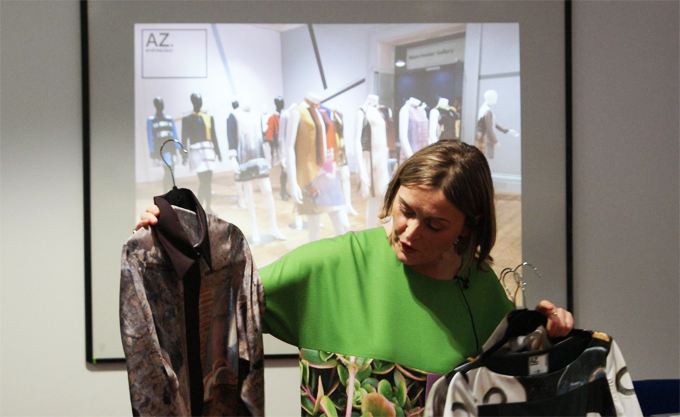Presentation Techniques and Communication

December 29, 2025 - December 29, 2025
Presentation Techniques and Communication…
TECHNIQUES
The first step to develop a presentation is planning. Consider the purpose of the presentation and your audience before researching and gathering all the information needed. Creating a Power Point slide show can help create a professional manner, and can be used alongside work brought to the presentation if needed. It is important to plan the order of the slides, how many are needed and what content will be included on each one. Remember not to make the presentation too long, this will depend on who is the audience, what it is about and what you feel is an adequate length of time.
The presentation needs to be structured, by having a beginning, middle and end.
The beginning involves explaining to the audience what you are going to tell them, in the middle you tell them, and the end finishes with concluding what you have told them.
Visual aids can make the slides more interesting and give you a way to visually communicate what you are discussing. It is great to be creative with a presentation but also important to keep it simple, as a heavy use of visuals, videos and artwork may make the audience confused as to where to look. Consider this also when it comes to selecting a background colour and fonts.
Make sure that the final Power Point design is clear, understandable and that you have remembered all the relevant information that will be discussed during the presentation. Preparing possible questions and answers regarding the presentation will also help you to find any missing information and understand you topic thoroughly, it may also be useful if the audience does ask questions at the end.
On the day of your presentation, if possible, try to arrive early to look around the room you will be presenting in. This also allows you time to check that the Power Point slide show is working correctly as well as deciding where to stand and get comfortable with the room.
COMMUNICATION
When delivering a presentation it is important to prepare what you are going to say. Never read from a script, cue cards are a simple alternative that can contain key words and phrases to help remember vital points. It may feel silly, but rehearsing in front of family, friends or work colleagues can greatly help improve your performance. It is also a useful tool to gain feedback before presenting in front of your audience.
Begin by greeting the audience and introducing yourself. There are three main points to consider when preparing and giving a presentation, which are voice, body language and appearance. It is vital that you speak clearly, it is terrible to mumble and the audience cannot understand you. Try not to shout or whisper, avoid rushing and try to talk naturally.
During the presentation try to engage with the audience by looking at them, however don’t focus on one individual. When standing in front of the audience do not obstruct their view of the screen or block the projection, and avoid turning your back to them by facing the screen. Fidgeting can also cause a problem, it is recommended to move your hands and not to stand on one spot but by doing so too much can make you look nervous.
Finally with regards to your appearance it would depend on the presentation subject and audience to what is appropriate clothing. However it is more professional to dress in smart clothing, looking neat and tidy.























